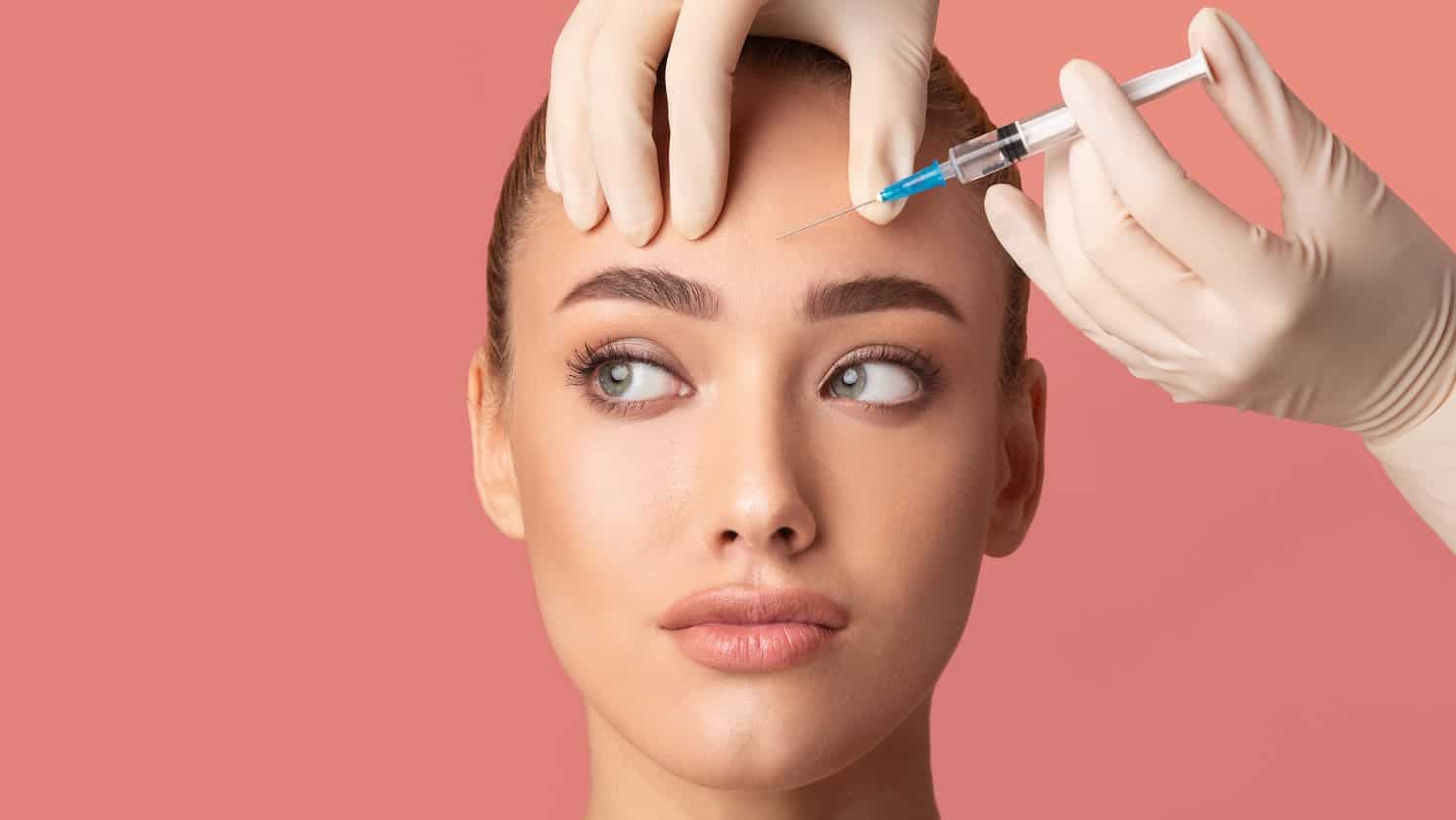Costhetics loves a good quote, especially this one, “An ounce of prevention is worth a pound of cure”.
Yet when you apply this idea to anti-ageing injections, many people believe they should wait until wrinkles develop and then deal with them. What do you think? Our team looked at both sides of the issue and here’s what they found …
What You Need to Know About Wrinkles
Facial muscles are always moving, even when you don’t realise it: you frown, you furrow your eyebrows, you smile, and you wrinkle your nose. Day after day of this endless activity takes its toll on facial muscles. They become exhausted and have trouble returning skin to a taut, firm position. As a result, fine lines and wrinkles begin to appear … and deepen. Anti-wrinkle injections are the preferred treatment for moderate to severe:
- Frown lines – lines that appear between the eyebrows when you concentrate or frown
- Crow’s feet – lines at the edge of eyes, that appear when you smile or squint
- Forehead lines – horizontal lines where skin furrows when you raise your eyebrows
TikTok influencer Dibz Baby is among “a group of increasingly young Australians embracing cosmetic injectables, and willing to share it on social media,” reports News.com.au. Dibz was 28 when he first opted for injections in his jawline and under his ear, to give his face what he calls a more “love-heart look”.
What Do Anti-Wrinkle Injections Do?
Simply put, anti-wrinkle injections give facial muscles a well-deserved rest. A chemical known as a neuromodulator is injected into the muscle to prevent it from contracting. It does this by blocking nerve signals between the brain and facial muscles. Benefits of the treatment are immediately evident and last for three to four months, making it especially appealing to the I want it now mindset of millennials.
Important note: Costhetics values your health along with your beauty. Cosmetic injectables in the hands of non-professionals is a prescription for danger. The treatment should only be administered by a registered doctor or nurse in a clinical setting, not in a hotel suite by a friend of a friend who knows somebody.
Generation Prevention: How Millennials See Wrinkle Treatments
Millennials, the generation born in tandem with social media, know that image is everything. Eager to look their best even without photo enhancement, millennials are flocking to skincare professionals in a growing number for preventative injections. “There is no industry-wide data about the usage of cosmetic injectables in Australia,” says News.com.au. “Several practitioners have seen a growing trend of people in their 20s walking through their doors.”
Dermatologists favour a get-started-early approach using preventative Botox. “The earlier you start the better, since it is best used as a preventative measure to avoid getting fine lines and wrinkles. We have a lot of patients in their mid-twenties … which is a good age if you have an expressive face and lines,” one professional told Allure Magazine. Ageing skin may also have a genetic component. Therefore, if you see the beginning of lines in your own face, that mirror furrows in the faces of older relatives, early treatment can help them from deepening.
Wrinkles Go from Dynamic to Static in Your 40s
Depending on your skin colour and how religious you are about sun protection, wrinkles on your face become dramatically more pronounced in your 40s. Dynamic wrinkles, the wrinkles that appear when facial muscles are used, come and go when you’re young. By the age of 40, many of those wrinkles will have become static wrinkles, meaning they remain even after a facial movement ends.
Anti-wrinkle injections can help wrinkles from deepening, but they cannot correct existing wrinkles. Dermal fillers are needed.
Do you have more questions about when to start anti-wrinkle treatments, but don’t know who to ask? Ask Costhetics! Contact us today and we can help you quickly find a knowledgeable, caring professional in your post code.

what treatments available for jowls